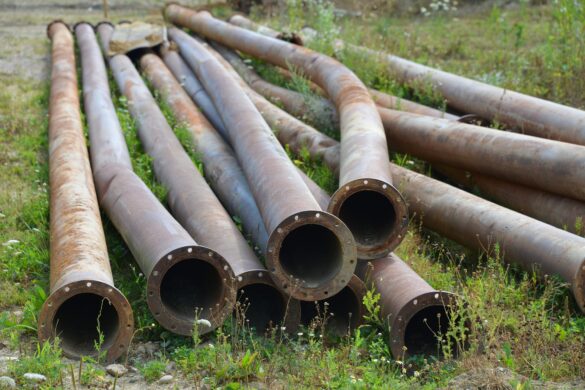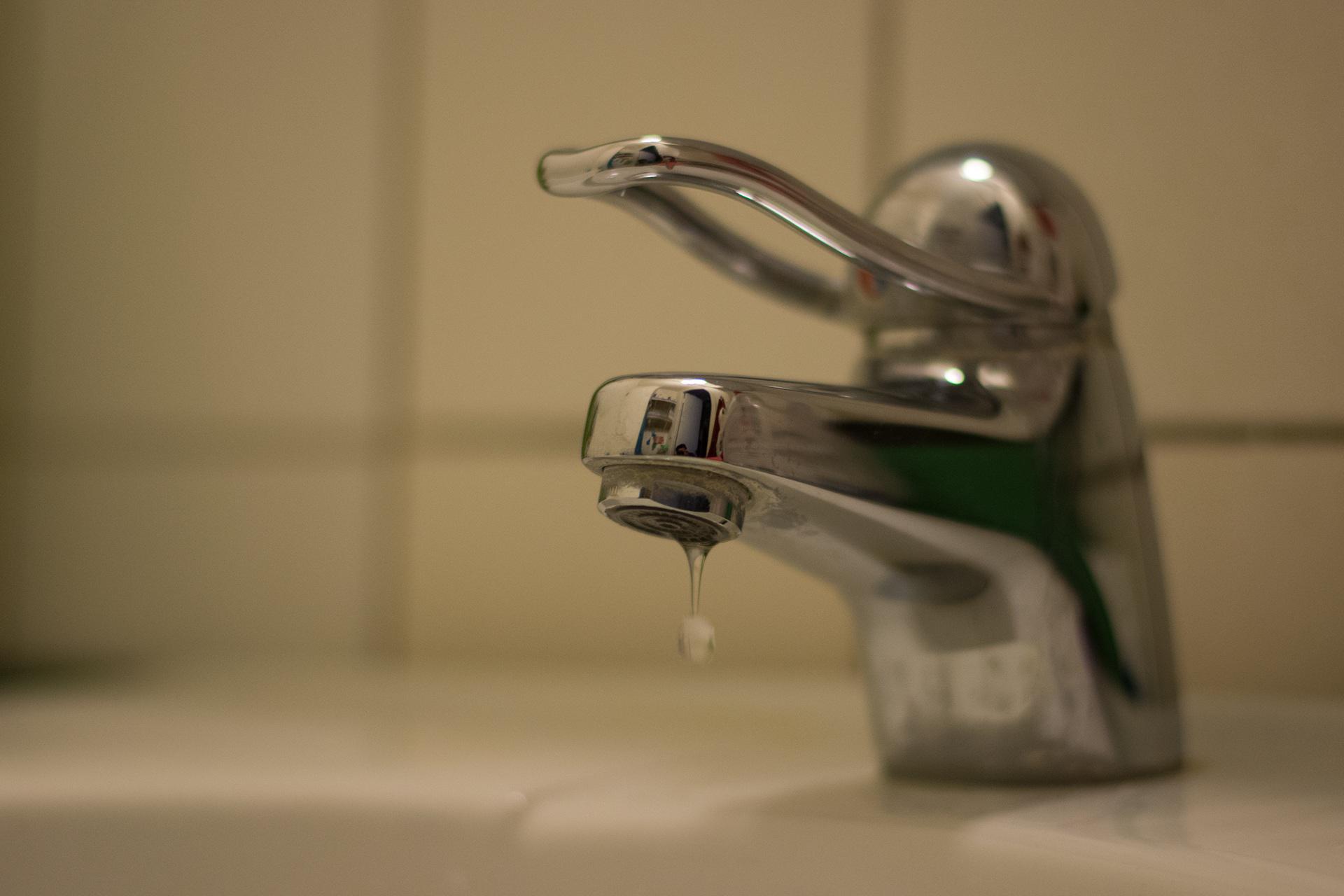 Stability and safety are crucial for homeowners. Ignoring them can be risky for your property. Many people prefer letting professional repair services take care of their homes so that they can be as secure as ever. There are several excellent reasons for this, which range from experience to advanced technology.
Stability and safety are crucial for homeowners. Ignoring them can be risky for your property. Many people prefer letting professional repair services take care of their homes so that they can be as secure as ever. There are several excellent reasons for this, which range from experience to advanced technology.
Expert Knowledge and Skills
Foundation repair experts have a specific skill set. They are trained to detect underlying problems, providing the best long-term solutions, unlike DIY solutions that only offer temporary fixes. They know about the various steps needed to diagnose foundation problems accurately. Protect your property’s structure by arranging for foundation repair services.
Advanced Tools and Technology
Foundation repair would not be possible without modern technology. Sophisticated tools equip experts with enhanced accuracy. They enable thorough inspections and precision measurements. Repairs are more successful and long-lasting with the best tools available, giving homeowners extra peace of mind.
Customized Solutions
Every home has distinctive obstacles. Artisan businesses offer customized solutions to particular problems. Their specialists analyze soil types, climate, and building design to develop custom repair plans. This more tailored approach can ensure the best results, increasing the lifespan of the repair.
Quality Assurance
Trustworthy repair services prioritize quality. They follow industry standards, meaning the quality of work is rarely compromised. Moreover, Many reputable companies offer warranties, which is a testament to their confidence in their services. This dedication to excellence ensures homeowners feel secure in their investment.
Time and Cost Efficiency
While DIY repairs might seem like a beneficial way to save money at first, they usually end up costing more money. Professionals can save time and money by effectively eliminating all root causes. With experience, they can identify solutions to problems with minimal disruptions to everyday life.
Safety and Risk Management
Significant risks are involved in foundation repair. These are managed by professionals who are trained to do so safely. Kheolo is implementing safety protocols that protect property and residents, alleviating the dangers of a DIY job.
Comprehensive Inspections
A thorough inspection, whether for a dent or a scratch, is essential for an effective repair. Professionals assess the entire situation and identify all the underlying problems. Such a comprehensive plan prevents minor issues from evolving into significant problems. Additionally, it provides homeowners with a comprehensive report detailing the necessary repairs and recommended preventive measures.
Customer Support and Communication
Effective communication enhances trust. Well-established companies will emphasize customer support, updating homeowners at each stage. By communicating transparently, you will be more confident that the service provider understands the process and results of the work.
Long-Term Peace of Mind
Many institutions providing professional services will allow you to engage them for longer terms, ensuring your peace of mind. Homeowners sleep soundly knowing their houses are solid, stable, and safe. This knowledge provides comfort, allowing homeowners to focus on other aspects of home ownership without stress.
Environmental Considerations
When it comes to repairs, a professional will examine environmental factors. They will use environmentally friendly materials and methods and keep the environmental impact minimal. Their choice is an important consideration that belies a burgeoning trend toward sustainable living, which eco-friendly homeowners enjoy.
Community Reputation
Communities strengthen the credibility of reputable companies. Positive opinions and referrals reflect their reliability. When peers seek repair services, they generally consider word-of-mouth and testimonials. A positive company’s reputation in the community gives potential customers confidence in the quality of service.
Continuous Training and Development
Foundation repair professionals constantly train. By doing so, they remain aware of the innovations in the field. Homeowners and their homes benefit from the newest techniques and innovations, which means better results whenever a repair needs to be made.
Conclusion
This statement emphasizes the importance of foundation repair for your home. Relying on professionals will ensure that they can provide effective and permanent solutions. Due to their experience, technology, and commitment to quality, homeowners choose professional services as their first option. Choosing professional services not only keeps people in their homes but also keeps lives safe.


